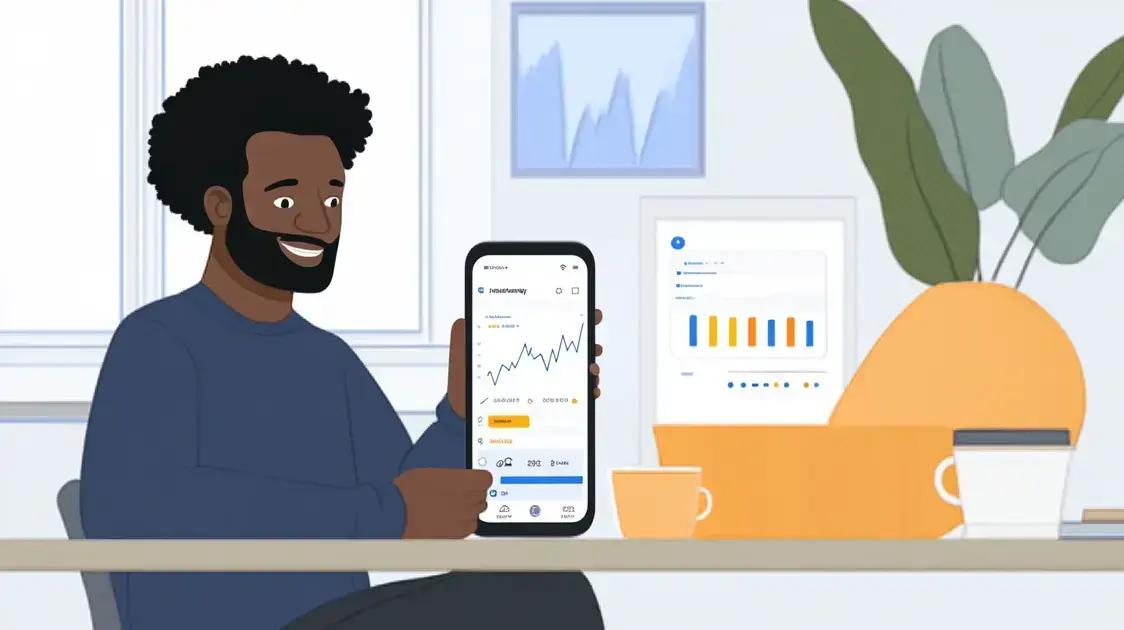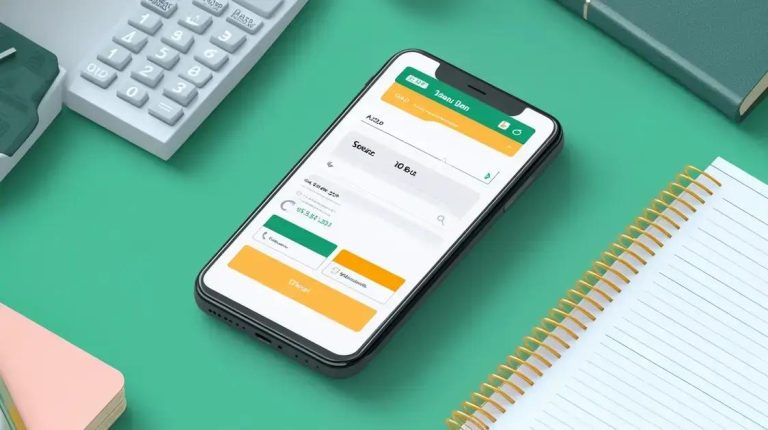Money management apps are changing the way we handle our finances.
With features designed to track spending, set budgets, and save money, these apps are essential for anyone looking to improve their financial literacy and health.
Dive into the digital tools that enable you to manage your money effectively and lead to smarter financial decisions.
Top Money Management Apps in 2024
In 2024, several money management apps have gained popularity for their user-friendly features and effectiveness. Apps like Mint, You Need a Budget (YNAB), and PocketGuard stand out for their ability to help users track expenses and set budgets with ease.
These apps simplify managing money by connecting to bank accounts and providing real-time financial insights.
Mint is known for its comprehensive budgeting tools and expense tracking capabilities. Users can link their bank accounts and see all their financial information in one place. This app makes it easy to monitor spending, set financial goals, and even check credit scores—all for free!
You Need a Budget (YNAB) takes a unique approach by focusing on proactive budgeting. It encourages users to plan every dollar they earn, which helps them save money and avoid overspending.
PocketGuard is another great choice, allowing users to see how much money is available for spending after accounting for bills, goals, and necessities. All these apps make money management approachable and effective.
How Money Management Apps Work
Money management apps work by connecting to your bank accounts and automatically tracking your income and expenses. They collect data to help you see where your money goes every month. This way, you can quickly spot spending habits and make adjustments to save more effectively.
These apps often use simple categories to organize your spending, like groceries, entertainment, and bills. By categorizing expenses, they help you understand which areas need improvement. Some apps even offer visual graphs and charts, making it easier to see your progress over time.
In addition to tracking, many money management apps allow you to set budgets for different categories. This gives you real goals to work toward. You can set limits for each category and receive alerts when you are close to exceeding those limits. Overall, these features are designed to simplify your financial life and help you achieve your money goals.
Benefits of Using Money Management Apps

Using money management apps offers many benefits that can help transform your financial future. One of the biggest advantages is their ability to provide real-time tracking of your spending. This feature lets you see exactly where your money goes daily, making it easier to control your finances and identify areas where you can cut back.
Another benefit is the ability to set personalized budgets and financial goals. With these apps, you can allocate specific amounts for categories like food, entertainment, and savings. This helps you stay accountable and focused on reaching your financial objectives, whether it’s saving for a vacation or paying off debt.
Furthermore, many money management apps provide valuable insights through reports and trends. These insights can help you understand your spending habits over time. By recognizing patterns in your finances, you can make smarter decisions and adjust your spending accordingly. Overall, these apps empower you to take control of your money and plan for a better financial future.
Best Features to Look for in Money Management Apps
When choosing a money management app, look for features that suit your needs and make managing finances easier. One important feature is the ability to track expenses automatically. This allows the app to categorize your spending without manual entry, saving you time and ensuring accuracy in your financial records.
Another key feature is goal-setting and budgeting tools. A good app should let you set custom budgets for different categories, giving you control over your spending. You should also be able to create savings goals to help you reach financial milestones, like taking a trip or buying a new gadget.
Visual reports and alerts are also crucial features to consider. The app should provide clear graphs and charts to show your spending habits over time. Additionally, alerts can help remind you when bills are due or if you’re close to exceeding your budget. These features work together to keep you informed and motivated on your path to financial success.
Comparing Free vs. Paid Money Management Apps
When comparing free and paid money management apps, it’s important to consider the features each option offers. Free apps often provide basic budgeting tools, expense tracking, and some visual reports. They are great for beginners who want to get started with managing their money without any financial commitment.
On the other hand, paid apps usually come with advanced features such as personalized financial coaching, detailed analytics, and more robust budgeting tools. They may offer premium services like goal-setting and tracking, helping users gain deeper insights into their financial habits.
Ultimately, the choice between free and paid apps depends on your individual needs and budget. If you are serious about transforming your financial future and need more in-depth assistance, a paid app may be worth the investment. However, if you’re just starting out, a free app can help you learn the basics of money management without any cost.
How Money Management Apps Help You Save Money

Money management apps can be powerful tools to help you save money effectively. One way they assist is by tracking your spending habits.
By providing a clear overview of where your money goes, these apps help you identify unnecessary expenses. This knowledge allows you to make smarter decisions about your spending and cut back on non-essential items.
Another helpful feature is the budgeting capabilities of these apps. You can create budgets for different categories, like groceries or entertainment, which helps you stick to your financial goals.
When you set limits, you’re less likely to overspend and more likely to save money towards your goals.
Many money management apps also offer savings goals. You can set specific targets, like saving for a vacation or building an emergency fund. The app will remind you of these goals and track your progress. This encouragement can be a great motivator to help you save money more consistently and achieve your financial dreams.
User Reviews of Popular Money Management Apps
User reviews play a crucial role in understanding the effectiveness of popular money management apps. Many users praise apps like Mint for their comprehensive features and user-friendly interface.
They appreciate how easy it is to track spending, set budgets, and view financial summaries all in one place. This convenience makes Mint a favorite among beginners and experienced users alike.
On the other hand, some users have shared mixed feelings about You Need a Budget (YNAB). While many love its proactive budgeting approach, others find the learning curve a bit steep.
Users often mention that once they get the hang of it, they feel more in control of their finances and ultimately save more money.
Finally, PocketGuard receives positive feedback for its simplicity and effective cash tracking features. Users enjoy how it shows them how much money is available for spending after bills and savings.
This feature helps users stay within their budget and make informed financial decisions. Overall, reviews reveal that each app has its strengths and might suit different financial needs.



